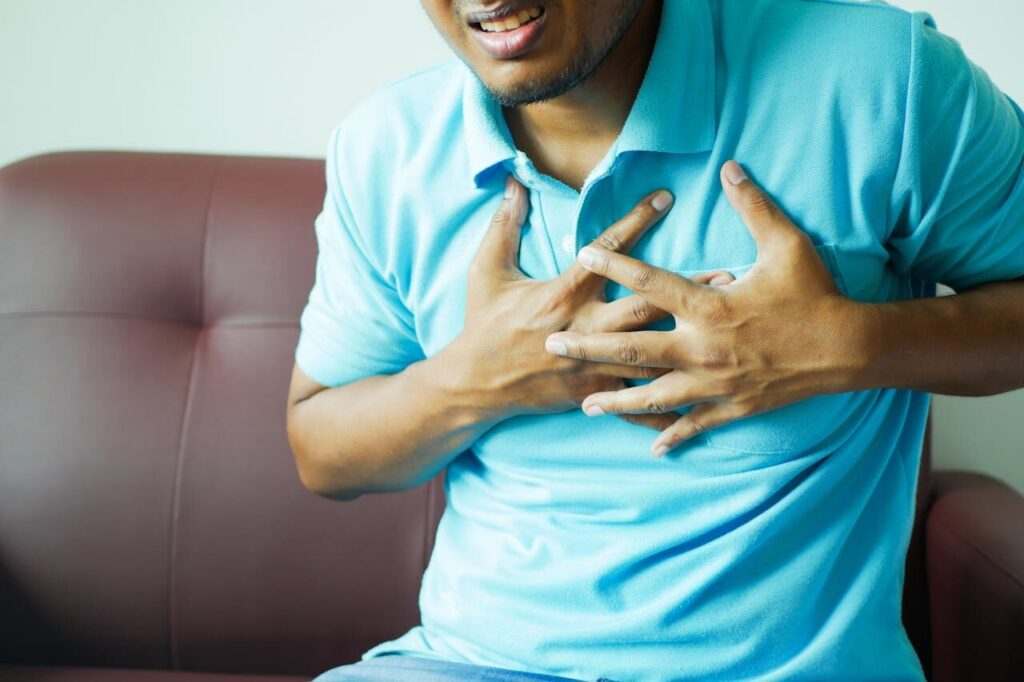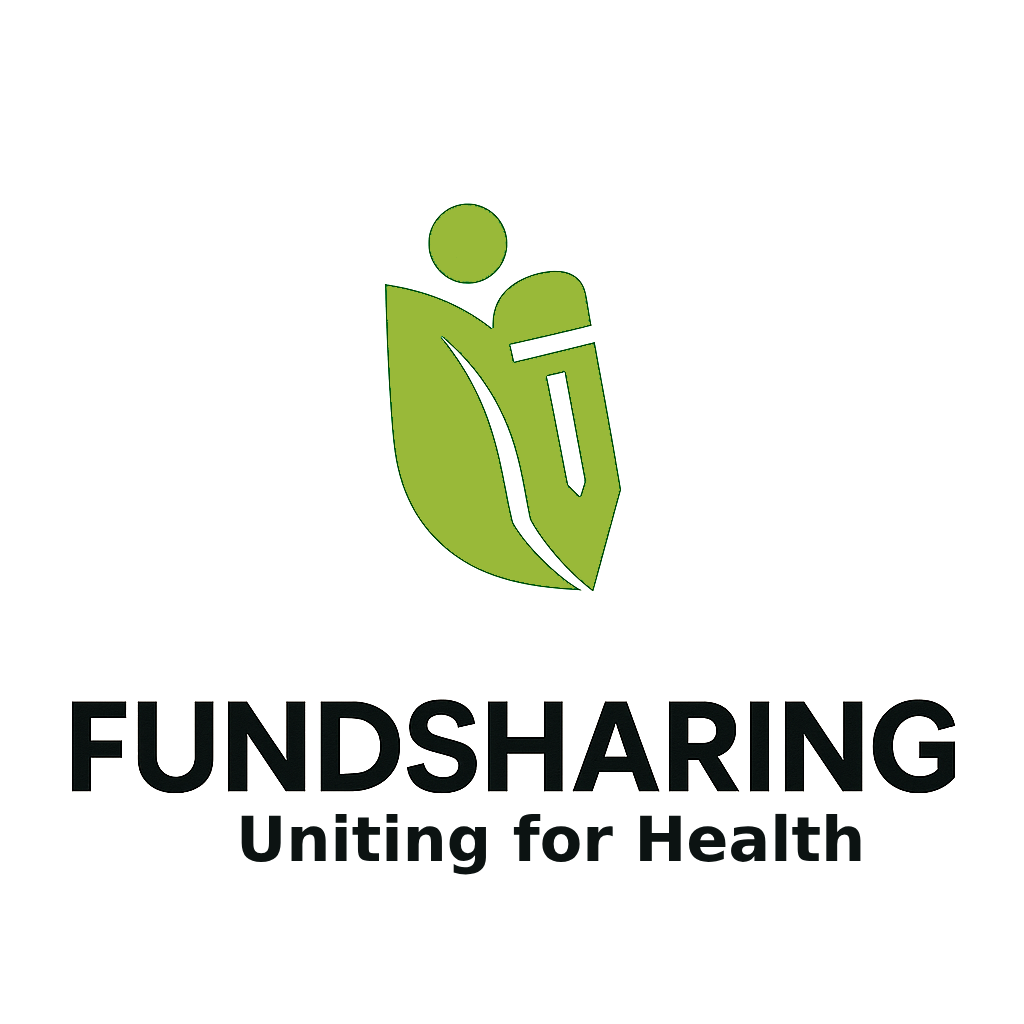A heart attack, or myocardial infarction, is a medical emergency that requires immediate attention. Recognizing the symptoms quickly and taking prompt action can save lives. This article outlines how to identify heart attack symptoms fast, what to do when someone is experiencing a heart attack, and the essential steps for emergency treatment. It is important to know How to Recognize Heart Attack Symptoms Fast to save life.
Table of Contents
Recognizing Heart Attack Symptoms Fast

Heart attack symptoms can vary from person to person, and they may not always be sudden or severe. Being aware of the signs can help you act swiftly. Common symptoms include:
- Chest Pain or Discomfort: A feeling of pressure, squeezing, fullness, or pain in the center or left side of the chest that lasts more than a few minutes or goes away and returns.
- Upper Body Discomfort: Pain or discomfort in one or both arms, the back, neck, jaw, or stomach.
- Shortness of Breath: Difficulty breathing, which may occur with or without chest pain.
- Other Symptoms: Cold sweats, nausea, vomiting, lightheadedness, or extreme fatigue, particularly in women.
Symptoms in Women
Women may experience atypical symptoms, such as fatigue, nausea, or pain in the back or jaw, without prominent chest pain. According to the American Heart Association, women are more likely to have subtle symptoms, which can delay recognition.
Why Speed Matters

A heart attack occurs when blood flow to the heart is blocked, often by a blood clot. Every minute without treatment increases the risk of permanent heart damage or death. Recognizing symptoms within the first few minutes and acting immediately can significantly improve outcomes.
What to Do When Someone Has a Heart Attack
If you suspect someone is having a heart attack, follow these steps immediately:
- Call Emergency Services: Dial 911 (or your local emergency number) right away. Do not wait to see if symptoms improve.
- Stay Calm and Keep the Person Calm: Encourage the person to sit down and rest while waiting for help.
- Chew Aspirin (If Advised): If the person is not allergic and has no contraindications, they can chew a 325 mg uncoated aspirin to help reduce blood clotting. Confirm with emergency responders if unsure.
- Monitor the Person: Watch for changes in their condition, such as loss of consciousness. Be prepared to perform CPR if they stop breathing.
- Do Not Drive: Avoid driving the person to the hospital yourself unless absolutely necessary, as emergency medical services (EMS) can provide life-saving treatment en route.
Heart Attack Emergency Treatment Steps

Once emergency services are contacted, paramedics and medical professionals will take over with the following steps:
- Rapid Assessment: EMS will evaluate the person’s symptoms, check vital signs, and possibly perform an electrocardiogram (ECG) to confirm a heart attack.
- Oxygen Therapy: If oxygen levels are low, supplemental oxygen may be provided.
- Medications: Paramedics may administer nitroglycerin (to relieve chest pain) or other medications to stabilize the heart.
- Transport to Hospital: The person will be taken to a hospital with a cardiac catheterization lab for further treatment, such as angioplasty to open blocked arteries.
- Advanced Interventions: In the hospital, doctors may perform procedures like stent placement or, in severe cases, coronary artery bypass surgery.
Prevention and Preparedness
To reduce the risk of a heart attack, maintain a healthy lifestyle: eat a balanced diet, exercise regularly, avoid smoking, and manage conditions like high blood pressure, cholesterol, and diabetes. Additionally, learning CPR and keeping emergency numbers handy can prepare you to act in a crisis.
Trusted Sources for More Information
- American Heart Association: www.heart.org – Offers detailed guides on heart attack symptoms and prevention.
- Centers for Disease Control and Prevention (CDC): www.cdc.gov/heartdisease – Provides statistics and resources on heart disease.
- National Heart, Lung, and Blood Institute: www.nhlbi.nih.gov – Shares research and educational materials on heart health.
By recognizing heart attack symptoms quickly and knowing what to do, you can make a critical difference in an emergency. Stay informed, stay prepared, and act fast.
Fundsharing – Your Lifeline During Medical Emergencies
If you or your loved ones are facing a medical emergency and need urgent financial help, visit www.fundsharing.org — a trusted, transparent, and community-driven fundraising platform. Fundsharing.org empowers patients to raise emergency funds without any platform charges, ensuring that every donation goes directly toward treatment. Built for compassion and speed, it’s the lifeline you need during critical health crises.

Read More Articles
Want to dive deeper into secure giving, fundraising success, and donor protection?
- 🔗 Top NGOs in the World
- 🔗 Reasons People Don’t Donate
- 🔗 How to Choose a Campaign
- 🔗 Why Donate Online?
- 🔗 Top 10 Foundations in the World
- 🔗 Top 10 Most Charitable Countries
- 🔗 How to Start Fundraising
- 🔗 How to Become Successful in Fundraising
- 🔗 How to Fundraise Without Social Media
- 🔗 The Global Medical Debt Crisis
- 🔗 Importance of Donors in Healthcare
- 🔗 How to Get Help Paying for Emergency Surgery
- 🔗 How to Make Your Fundraiser Go Viral
- 🔗 How to Save a Life During a Medical Emergency
- 🔗 How to Ask for Donations Online
- 🔗 Financial Help for Hospital Bills
- 🔗 Wireless Security Cameras Risks
- 🔗 Facebook Hacking: What You Need to Know
- 🔗 How to Tackle with Suicidal Thoughts
